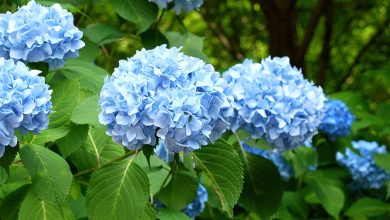White spots on the leaves of plants. How to remove it?
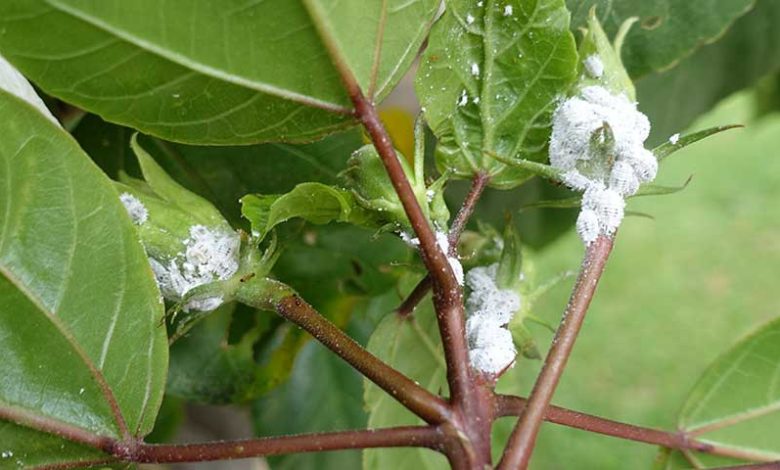
Hello to all agrohuerters! Sometimes we look at our plants and see that something is wrong… There are white spots on the leaves! In today’s article we are going to try to learn what these stains are due to (pests or diseases), why they occur and how to solve them. We must pay attention and be good observers because sometimes it is not spots but small bugs together that are causing damage to our plants.
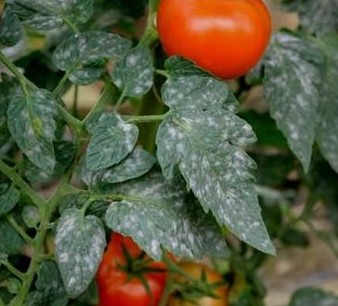
REMINDER: When we talk about our plants having a pest, we mean that a group of arthropods (mites, insects, crustaceans,…), nematodes or other types of animals are causing damage to our crops. However, when we use the term » disease «, we refer to the fact that it is fungi, bacteria or viruses that are affecting our plants.
OIDIO OR MAL BLANCO: Main cause of white spots on the leaves
Undoubtedly, powdery mildew is the main fungal disease that causes white spots on the leaves and fruits of our plants. Due to this color it is also known as cecnizo or bad white.
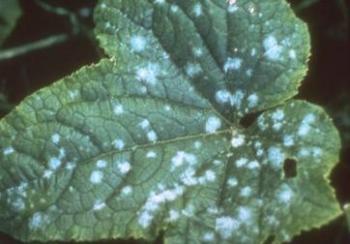
- Affected species: it can affect a wide variety of crops. It should be noted that it is one of the most damaging fungi on the vine. In addition, it is very common in cucurbits such as: pumpkin, zucchini, cucumber, melon or watermelon. And if this were not enough… we can also find it in tomato, potato, chard, spinach, bean and in many ornamental plants (especially in rose bushes).
- Description and symptoms: It appears in the form of white spots and gradually transforms into a grayish-white powder. Thanks to that white powder, it is one of the easiest mushrooms to spot. It normally develops on the upper surface of the leaves, although it can also spread along the stem or the fruits. Their presence hinders photosynthesis. If we do not control it well, the leaves turn yellow and can dry out.
- Conditions of propagation: The conditions that facilitate the spread of this fungus are humidity and warm temperatures. If both factors are present, it is very likely that powdery mildew will appear in our orchard.
How to remove it?
First of all, we must remove the areas of the plant affected by powdery mildew, preventing its spread.
One of the methods that works best is to apply sulfur (powdered or in solution) directly to the plant.
As far as control methods are concerned, the most used are:
- Horsetail: it works as a preventative and you can prepare it at home by putting about 20 grams of dry plant per liter of water with 5-10 grams of silicate of soda for a day. It is then boiled for 20 minutes and strained. The solution of one part of the preparation in 9 parts of water is sprayed.
- Garlic: it is another preventive that you can prepare at home by preparing an infusion with 50 grams of garlic cloves for every liter of water and spraying the solution of one part of the infusion in 4 parts of water. It should be applied in full sun and for several consecutive days.
WHITE AND GRAY SPOT: BOTRYTIS
Botrytis is another fungal disease. It affects most horticultural and fruit crops, including flowers. This disease favors a warm and humid climate, which is why it is one of the most important diseases in greenhouses.
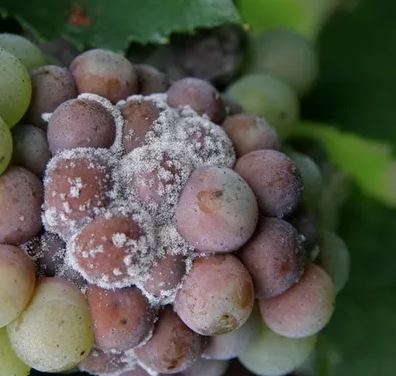
The most characteristic symptom is bud and fruit rot (known as gray rot). It can also affect some leaves but is usually rarer.
Other symptoms:
- seedling death
- Death of stems and branches
- Bulb and root lesions
How to remove it?
- Plant in well-drained soils and favor aeration.
- Avoid excess humidity and water condensation.
- Prevent wounds in fruits.
- Biological control with Trichodex.
RED MITE: small white spots
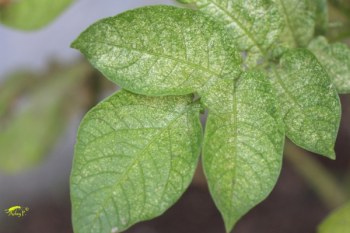
The red mite, well known to everyone in the garden, causes very small spots on the leaves. Remember that we should not confuse mites with insects. Mites have 8 legs, unlike insects, which have 6. They are usually generalists and mainly affect vines, horticultural or ornamental crops. They are located on the underside of the leaves and are identified by having dark spots on the sides and a large number of silks.
As for its control, I leave you a link where we explain how to fight the red spider in the orchard.
One of the best known species is Tetranychus urticae.
MINADORES: sinuous spots on the leaves
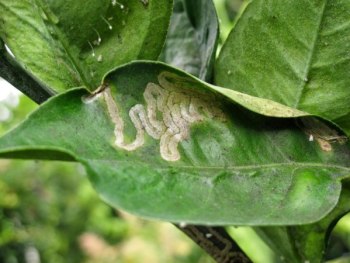
If we find spots similar to those in the photo on the leaves, it is undoubtedly a leaf miner. There are not many ecological methods to control these pests and, therefore, the best solution will be to detect where they have the galleries and pluck those leaves.
References
- Braun, U. (1980).Morphological Studies in the Genus Oidium. Flora. 170(1–2), 77-90.
- Abrol, D., Shankar, U. (2016). Chapter 20 – Integrated Pest Management. Editor(s): Surinder Kumar Gupta. Breeding Oilseed Crops for Sustainable Production,
Academic Press. 523-549 - U.Braun. (1982).Morphological Studies in the Genus Oidium (II). Zentralblatt für Mikrobiologie. 137(2),138-152.
This is all for today, I hope you liked it and see you in the next article!
Have a nice day!

![Photo of Prune Geraniums: [Importance, Time, Tools, Considerations and Steps]](https://www.complete-gardening.com/wp-content/uploads/2022/08/prune-geraniums-importance-time-tools-considerations-and-steps-390x220.jpg)

![Photo of Portulaca: [Crop, Irrigation, Associations, Pests and Diseases]](https://www.complete-gardening.com/wp-content/uploads/2021/06/Portulaca-390x220.jpg)
